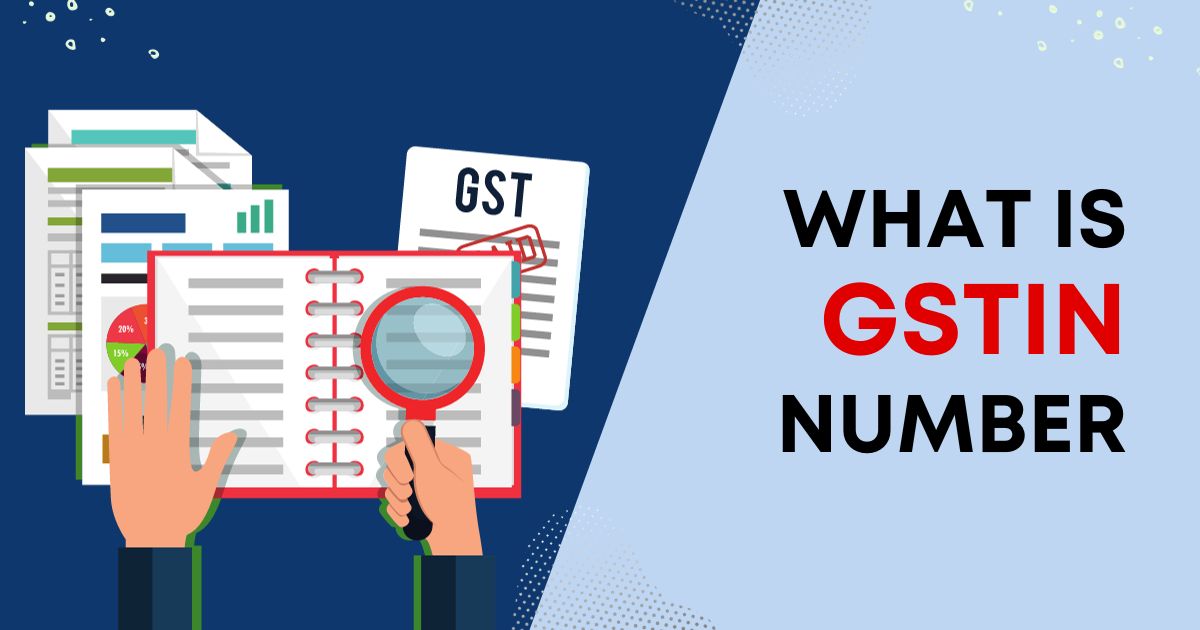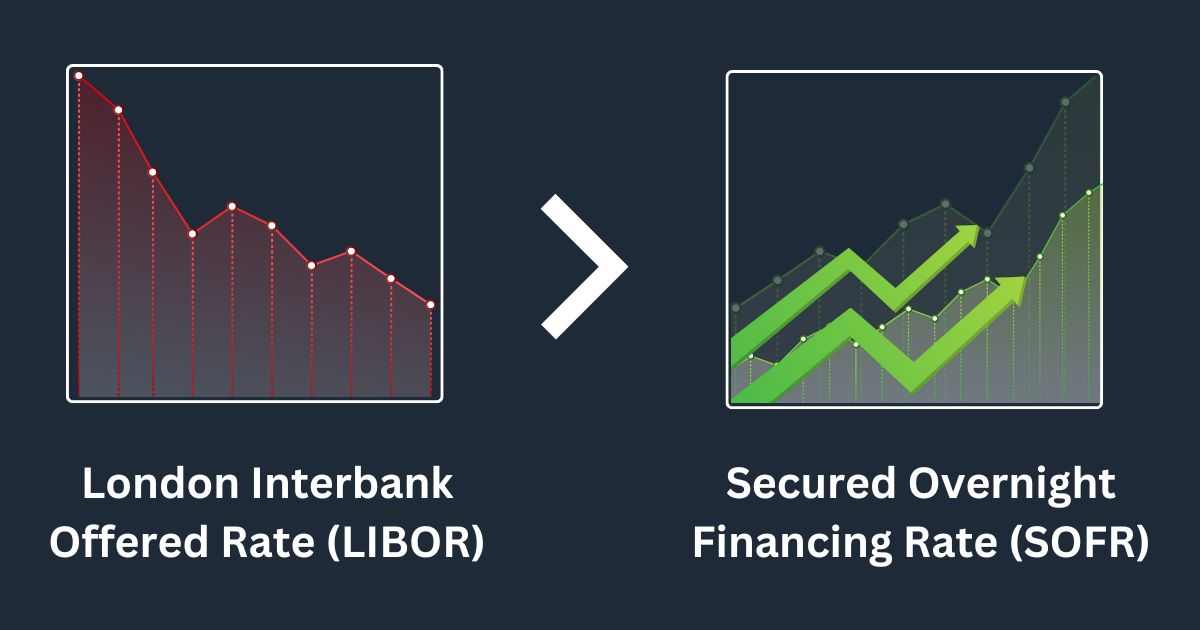Any business functioning within any state or union territory that is a part of the Goods and Services Tax Network must have a GSTIN.
But what is GSTIN Number? Simply speaking, it is a unique code for identification allotted to businesses that are mandated to register under the GST regime once they cross an annual turnover threshold set by the GST law.
The genesis of this acronym lies in the law which comprises the various GST Acts.
The GSTIN supplanted the earlier identification system, wherein a state levied taxes within its territory and allotted unique TIN numbers to dealers registered under the state VAT law. Similar was the case on the central level with the Central Board of Excise and Customs (CBEC) allotting a service tax registration number to service providers.
What is GSTIN Number: Meaning, Format and Structure
GSTIN, or GST Identification Number is a unique alphanumeric identification which consists of 15 characters. It is allotted to all entities that are registered under the Goods and Services Tax regime (GST regime) and have a valid GST Registration Certificate.
The GSTIN is PAN-based, and thus incorporates the PAN number of the registered taxpayers.
The format or structure of the GSTIN is as such:
- The first 2 digits in the GSTIN correspond to the state code as per the Census 2011. For example, 03 stands for Punjab and 09 stands for Uttar Pradesh.
- The next ten digits represent the PAN number of the registered taxpayer. A PAN number is alphanumeric. For example, ABCIY1234D.
(It is important to note that while a PAN is mandatory to obtain a GSTIN, a non-resident taxable person registered as a taxpayer outside India can obtain a GSTIN without a PAN by providing their tax identification number or any other unique identification number used within that country). - The 13th character depicts the number of registrations within a state against that PAN number. For example, number 4 depicts that this is the 4th entity registered in that specific state against the specified PAN number. It is alphanumeric with first numbers being used (1-9) and then alphabets (A-Z).
- The 14th character is by Z by default.
- The 15th character is the check-sum or check code character based upon the preceding 14 characters to authenticate that the identification number is error-free.
GST Identification Number (GSTIN) Example
Let us look at an example of a GST Identification Number to understand better:
22AAAAAOOOOA1Z5.
Here, 10 is the state code of Bihar.
AAAAOOOOA is the PAN number of the registered taxpayer.
Z is the default character.
1 depicts that this is the second assigned registration within a state against the same PAN number.
5 is the corresponding check-sum or check code character of the preceding 14 characters. Any other character other than 5 would make the GSTIN number invalid in the case of this example.
Significance of GSTIN
The GSTIN number is significant because of the following reasons:
- A valid GSTIN serves as a legal recognition of business entities registered under the Goods and Services tax regime. This gives business entities credibility for expanding operations, especially small businesses.
- A GSTIN allows a business to claim input tax credit under the GST regime which reduces the cost of production for business entities.
- It is necessary to register on e-commerce portals/platforms. This is especially significant as a recent study by the ICRIER found out how integration with e-commerce platforms leads to increased profitability of MSMEs, while non-integration poses a survival threat to the enterprises in future.
- GSTIN is necessary to file GST returns, hence, is a prerequisite for tax compliance.
How to Apply for GSTIN?
The process of applying for a GSTIN is divided into two parts: Part A and Part B.
To apply for a Goods and Services Tax Identification Number (GSTIN), one has to follow these steps:
- Visit the official GST portal for registration.
- Enter the details sought for a new registration (which includes personal details like mobile number and email id for authentication).
- Once you submit the details, an Application Reference Number will be displayed on the screen and an OTP will be sent to the mobile number submitted for verification.
- After the verification, a Temporary Reference Number (TRN) will be displayed on the screen. With this, the Part A of the application process is complete.
- Part B of the application process would then be completed using the Temporary Reference Number (TRN) provided.
- To start with part B of the application process, the applicant would have to revisit the official portal for new registration and choose the option ‘Temporary Registration Number’ to carry on with the application.
- The applicant would then have to enter their TRN and the Captcha shown on the screen to proceed.
- The user would then be authenticated with an OTP sent to their registered mobile number/email address.
- Once authenticated, the applicant would be shown their draft application which they can edit to provide the requisite details for Part B of the process.
- The applicant would then have to provide the details sought and documents like Proof of Business, Bank Statements, Certification of Incorporation etc. must be furnished.
- Finally, the applicant would verify the application by selecting an authorised signatory. The signatory can e-sign the application through e-signature, EVC, or DSC. In the case of companies and LLPs, a DSC is required for the verification.
- After the online verification, the applicant will receive an OTP for authentication, post which, they will receive an Acknowledgement Receipt Number.
- The application is then forwarded to the GST department for further processing and the applicant can check the status of their application using their TRN.
- Once the documents provided are verified by a GST officer, a Certificate of GST Registration (Form GST REG 06) is issued to the applicant along with the GST Identification Number.
Other than the steps mentioned above, one can visit a GST Suvidha Kendra/GST Seva Kendra and apply in an offline manner as directed by the personnel.
Details Required for GSTIN Registration through the GST Portal
The documents required for GSTIN Registration through the GST portal depend upon the business entity type.
For a normal or regular taxpayer registered as a Private Limited Company or a Public Limited Company, these are the documents required-
- Certificate of Incorporation
- Photos of Promoters
- Photo of the Authorised Signatory
- Proof of Appointment of Authorised Signatory (like Letter of Authorisation, Copy of Resolution passed by BoD)
- Proof of Principal Place of business (like Electricity Bill, Property Tax Receipt, etc.)
- In case the premises are rented or on a lease, the rent or lease agreement along with the rent receipt must be furnished.
The documents required for other types of entities (like partnership, sole proprietor, etc.) could be checked on the official GST portal under the ‘Help and Taxpayers Facilities’ section here.
How is GSTIN different from GSTN?
While the GSTIN and GSTN sound similar and people often conflate the two, both acronyms stand for something different.
While GSTIN stands for the Goods and Services Tax Identification Number, GSTN stands for the Goods and Services Tax Network, and not the GST Number as people usually believe.
How to Verify GSTIN?
Since GST regulations mandate businesses to print their GSTIN on the invoices/sales receipt, businesses that are not in compliance with the GST laws often dodge the rule by printing a fake GSTIN on their invoices. This also allows businesses to charge customers according to their whims and wishes.
To ensure that the invoices are GST compliant invoices, one can either use a GSTIN verification tool/GSTIN search tool or check the validity or status of the GSTIN on the GST portal free of cost-
- Visit the ‘Search taxpayer’ section on the official GST online portal.
- Click on ‘Search by GSTIN/UIN‘.
- Enter the GSTIN of the taxpayer.
- Enter the Captcha code shown on the page and click on ‘Search’.
- If the GSTIN is invalid, an error message would be displayed on the screen mentioning that the GSTIN is invalid. In case the identification number is a valid GSTIN, information like business entity type, date of registration, taxpayer type, etc. is displayed on the screen.
Conclusion
The GSTIN acts as the elementary block of the vast Goods and Service Tax Network that helps ensure compliance by the participants. From facilitating interstate sales to efficient returns filing, the unique identity number ascribes an identity to an enterprise once the GST officer approves the GST application of a firm after a thorough verification process.
Given the importance GSTIN holds, it is important to check whether the GSTIN shared by a firm is important as several businesses have started printing fake GSTINs to avoid tax liability.
A simple online GSTIN search on the official portal thus comes in handy to ensure that businesses you’re transacting with have a valid GSTIN or not.
You may also like:
- Demand Loan vs Term Loan: A Quick Comparison
- Secured vs Unsecured Business Loan: Know Differences [2023]
- 70+ Best RBI Approved Loan Apps In India [2023]
- Business Loan Eligibility Criteria in India- Essential Factors
- Business Loan vs Equity Financing: Which one is better for your business?
How do I find my GST number?
In case a taxpayer does not know their GST number, or GSTIN, they can visit the official GST portal and click on the ‘Search taxpayer’ section in the status bar. Then, they must click on the ‘Search by PAN’ option to find out their GSTIN. Here is a direct link to find out the GSTIN of a taxpayer using their PAN number.
Is GST and PAN number the same?
No, the GST and PAN numbers are not the same. While a PAN number is issued by the Income Tax department to taxpayers and serves as a taxpayer identification number, a GST number or GSTIN is issued by the Goods and Services Tax (GST) department under the Central Board of Indirect Taxes and Customs (CBIC).
The PAN number is a part of the GSTIN.
What is the difference between GSTIN and GST?
While GST stands for Goods and Services Tax, GSTIN stands for Goods and Services Tax Identification Number. While the former is a tax regime or a framework, the latter is a unique Goods and Services taxpayer identification number allotted to GST-registered businesses and used for compliance and administration purposes.
What is the benefit of GSTIN?
One of the most important benefits of the GSTIN is that it allows businesses to claim input credit (or input tax credits) or file GST returns under the GST regime. Apart from that, it ensures that the business is in compliance with the GST law (as notified by the Union government and the respective state tax authorities).
Is GST number free?
Yes, a GST number, or GSTIN is free of cost for a taxpayer. One must undergo the process of GST registration through the official portal to obtain a GSTIN.
Can I get GST without PAN?
No, GST registrations are not allowed without a PAN number, except in the case of Tax Deductor at Source (TDS) registration for which a TAN is required.
In the case of a non-resident taxable person with the business incorporated outside India, the tax identification number is required for GST registration, however, the entity must have a resident taxpayer in India as its authorised signatory with a valid PAN number.
What is the 13th digit of GST?
The 13th digit in the GSTIN reflects the number of registrations within a state with the specified PAN number.
Can a person have 2 GST numbers?
Yes, multiple GST registrations are allowed from a single PAN number within a state.
















